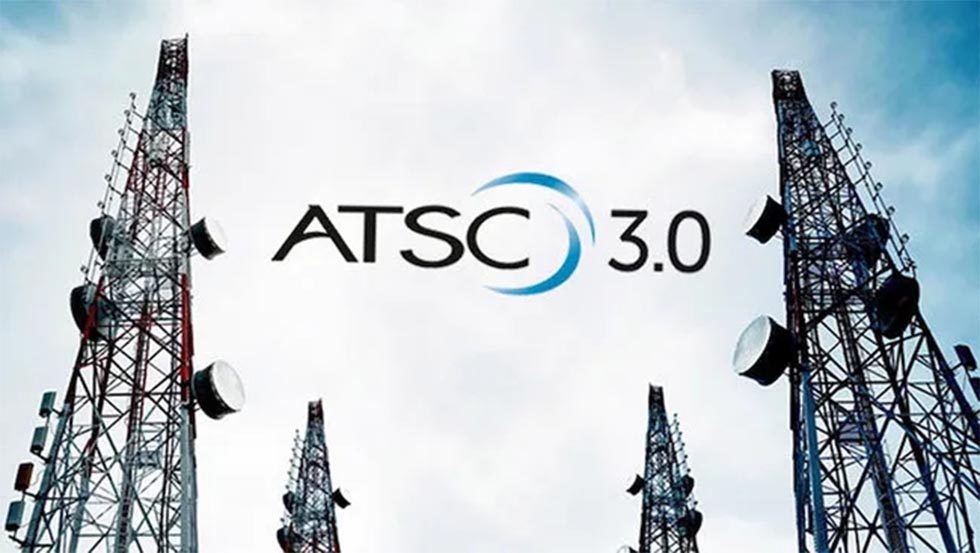Ultrawideband spec battle takes shape
As ultrawideband (UWB) products make their way to market, analysts expect their first applications to be for point-to-point connections, such as moving information between PCs and home entertainment devices such as televisions. Eventually, point-to-multipoint functions will enable all devices in a home to be connected wirelessly.
Unfortunately, UWB technology is in a battle to establish a de facto standard. Thwarted in their attempts to craft a compromise IEEE specification, vendors have broken into two warring camps.
On one side is a group led by Freescale, a Motorola spinoff, which is promoting an approach called Direct Sequence Signaling. The competing specification is Multiband Orthogonal Frequency Division Multiplexing. It has been endorsed by 170 companies.
Both options promise to support low-cost wireless connectivity at speeds from 400Mb/s to potentially 1Gb/s at distances up to 10m — 10 to 20 times faster than current techniques. Eventually, set-top boxes, flat-panel digital displays, digital cameras and camcorders, DVD players, digital video recorders, stereo components and speakers, wireless home-theater systems, cell phones, and PCs could use the UWB standard to exchange information.
Two years ago, after gaining insight into the emerging requirements, vendors began outlining different ways to enhance wireless connections. The MultiBand OFDM Alliance (MBOA) outlined its approach in May 2003 and brought it to the IEEE. For a standard to be approved, 75 percent of the companies working on the specification must endorse it. The MBOA garnered only 58 percent of the vote and decided to give up its attempt to gain an IEEE stamp of approval.
So far, Freescale is ahead in the race to deliver compliant products, but UWB could lose the opportunity to become a mass market wireless connectivity player unless the standards dispute is soon resolved.
Get the TV Tech Newsletter
The professional video industry's #1 source for news, trends and product and tech information. Sign up below.
